Faru Team Burra Update: 01 May 2009
Participants:
Henry Lekochere – team leader Peter Wambua Kennedy Mungai Samuel Masaku Rajab Fundi John Malonza Two KWS Rangers
Area of operation:
During the month of May, the Burra team covered the following areas: Mkuki ranch, Sagalla ranch, Mgeno ranch, Lion hill, Ngutuni ranch and the Ndii area.
256 SNARES RECOVERED
Due to the fact that the KWS Rangers that usually work with the desnaring team were deployed elsewhere we were not able to conduct our patrols inside the park and instead were left with patrolling the ranches and farms bordering the park. We have noticed that illegal activities have increased in some areas, especially cattle grazing, charcoal burning and poaching which is contrary to our expectations. We had expected a decline in illegal activities ad the youth are currently involved in Kazi Kwa Vijani programs which enables them to earn some money. A reason for the increase in illegal activities could be due to the fact that not everyone has been absorbed by the program and the persistent drought and inflation have people poaching and other illegal activities as a means of income.
FINDINGS During the months operations the team lifted a total of 256 snares, 32 of which targeting medium sized game with the majority targeting small game small game.
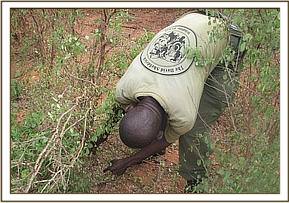
Observable evidence:
Most of the areas patrolled during the month recorded an increase in snaring. Poaching can charcoal burning has also recorded an incline in the community ranches. This could be due to the prolonged drought being experienced. Community members are thus engaging in poaching in order to sustain themselves.
Mkuki ranch The team received a call from an informer based at the ranch who told us that an eland calf had been found by Somali herdsmen.
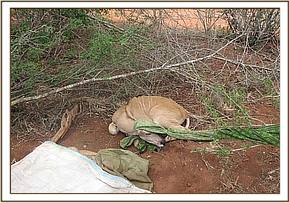
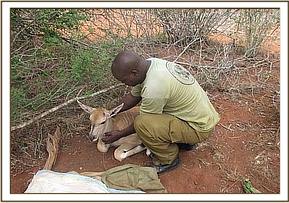

Sagalla ranch Is found on the south of the Mombasa road near to the Maungu Township. It is about 52,000 acres in size and is owned by 50 members through shareholding. The vegetation on the ranch is bushy thus creating a good habitat for wild animals. As the ranch is poorly managed no efforts are taken to conserve the wildlife and poaching is rampant as is logging for charcoal burning.
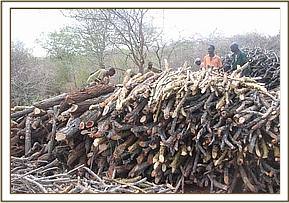


Mgeno ranch Borders Taita sisal estate and is east of the Mwatate Township. It is about 50,000 acres and is owned though shareholding by about 400 members. The vegetation is mainly bushy acacia-commiphora. The ranch has two dams which have water year round and are thus a vital water source to the wildlife in the area. We lifted only one snare during our patrols with one of the herders. We feel that the herders are probably engaged in poaching as they were reluctant to show us around the ranch. The ranch manager is collaborating with charcoal burners by allowing them to set up kilns in the ranch in return for a cut of the profits.
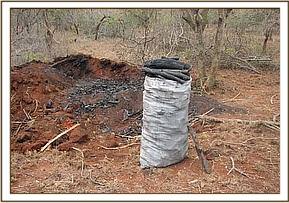
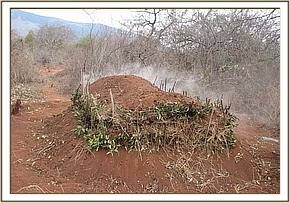

Ngutuni ranch The ranch is situated between Tsavo east national park and the Mombasa road and can be found east of the Voi Township and west of Ngutuni lodge. Wildlife from the park usually crosses to these farms and thus become vulnerable to poachers who set snares to trap them. We managed to lift 14 snares from the ranch all of which targeted medium sized game.
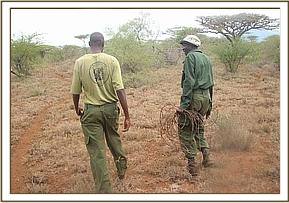
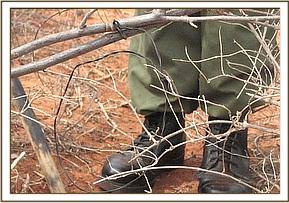

Lion hill This area is found at the gate to Tsavo east National park on the left of Voi town. A total of 35 snares were lifted all of which targeting small game.
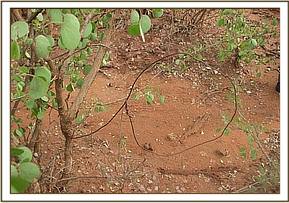
Report by Henry Lekochere